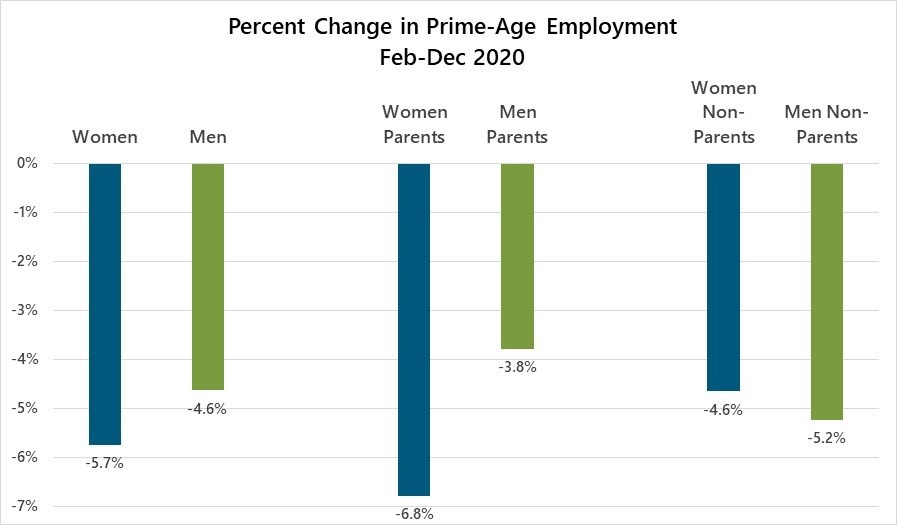Report on Socioeconomic Disparities in Longevity and Financial Security Among Older Adults
A Review of Findings from the National Council on Aging (NCOA)
A recent analysis conducted by the National Council on Aging (NCOA) and the University of Massachusetts Boston’s LeadingAge LTSS Center reveals significant disparities in life expectancy and financial stability among older adults in the United States, directly challenging the achievement of several key Sustainable Development Goals (SDGs).
Alignment with Sustainable Development Goals (SDGs)
The study’s findings highlight critical setbacks in the progress towards a more equitable and sustainable future, particularly concerning the well-being of the elderly population.
SDG 3: Good Health and Well-being
- The nine-year life expectancy gap between high-income and low-income older adults demonstrates a profound failure to ensure healthy lives and promote well-being for all at all ages.
- Disparities in access to preventative care, medical treatment, and medication are key drivers of this health inequality, undermining the core principles of SDG 3.
- The chronic stress associated with financial instability is identified as a significant negative health determinant, impacting both mental and physical well-being.
SDG 1: No Poverty & SDG 10: Reduced Inequalities
- The report indicates that approximately 80% of individuals over 60 possess minimal to no financial assets, placing them in a state of extreme financial vulnerability and contradicting the goal of eradicating poverty in all its forms (SDG 1).
- A rising poverty rate among seniors, which reached 15% last year, underscores the widening economic inequality within and among countries (SDG 10).
- The direct correlation between income level and mortality rate is a stark indicator of systemic inequality that prevents equitable opportunities and outcomes for older populations.
Key Findings from the NCOA Analysis
The report quantifies the severe impact of economic status on the health and longevity of older Americans, based on data from the University of Michigan’s Health and Retirement Study from 2018 to 2022.
Mortality and Income Correlation
- Individuals over 60 in low-income brackets die, on average, nine years earlier than their high-income counterparts.
- Middle-income older adults also experience shorter lifespans compared to the wealthiest segment. During the four-year study period, the mortality rate was approximately 15% for households with annual incomes around $60,000, compared to 11% for households with incomes near $120,000.
Underlying Factors and Contributing Stressors
- Inability to Afford Care: A primary factor is the lack of financial resources to pay for preventative health services and necessary long-term care.
- Financial Instability: The stress of making difficult financial decisions, such as choosing between medication, food, or rent, contributes to adverse health outcomes.
- Systemic Vulnerability: The vast majority of older adults are ill-equipped to handle financial shocks, such as a health emergency or the loss of a spouse, leading to a cycle of poverty and poor health.
Broader Societal and Economic Implications
The financial insecurity of the aging population has cascading effects on the broader economy and places significant burdens on younger generations, further impeding progress on sustainable development.
Intergenerational Economic Impact
- The financial shortfalls of older adults are often absorbed by family members, primarily Gen X and millennials.
- This transfer of responsibility results in lost economic productivity and financial strain on younger generations, creating a cycle of economic precarity.
Analysis of SDGs, Targets, and Indicators
1. Which SDGs are addressed or connected to the issues highlighted in the article?
- SDG 1: No Poverty: The article directly addresses the issue of poverty among the elderly, noting that the poverty rate for U.S. seniors has risen and that a vast majority lack financial assets, making them vulnerable to financial shocks.
- SDG 3: Good Health and Well-being: The core theme of the article is the disparity in health outcomes and longevity based on wealth. It highlights how financial instability leads to reduced life expectancy, lack of access to preventative care, and an inability to afford medication.
- SDG 10: Reduced Inequalities: The article is centered on the theme of inequality, specifically the widening economic gap and how it manifests in health and longevity disparities between high-income and low-income older Americans.
2. What specific targets under those SDGs can be identified based on the article’s content?
-
SDG 1: No Poverty
- Target 1.2: By 2030, reduce at least by half the proportion of men, women and children of all ages living in poverty in all its dimensions according to national definitions. The article discusses the poverty rate among U.S. seniors, which is a nationally defined measure of poverty for a specific age group.
-
SDG 3: Good Health and Well-being
- Target 3.4: By 2030, reduce by one third premature mortality from non-communicable diseases through prevention and treatment and promote mental health and well-being. The nine-year shorter lifespan for low-income seniors represents a form of premature mortality linked to socioeconomic factors. The article also mentions the “added stress” of financial instability, which relates to mental well-being.
- Target 3.8: Achieve universal health coverage, including financial risk protection, access to quality essential health-care services and access to safe, effective, quality and affordable essential medicines for all. The article highlights that seniors are forced to choose between medication, rent, and groceries, indicating a lack of affordable access to essential medicines and care.
-
SDG 10: Reduced Inequalities
- Target 10.2: By 2030, empower and promote the social, economic and political inclusion of all, irrespective of age… or economic or other status. The article details the economic exclusion of low-income older adults, which leads to significant negative outcomes, including shorter lives, demonstrating a failure to achieve inclusion for this group.
3. Are there any indicators mentioned or implied in the article that can be used to measure progress towards the identified targets?
-
For SDG 1 (No Poverty):
- Indicator for Target 1.2: The “poverty rate among U.S. seniors.” The article explicitly states this rate rose to 15%. Another indicator is the “percentage of people over 60 with few, or even zero, financial assets,” which is reported as 80%.
-
For SDG 3 (Good Health and Well-being):
- Indicator for Target 3.4: The “difference in average mortality age by income.” The article quantifies this as a “nine-year life gap.” Additionally, the mortality rate for different income brackets is provided: “15% of seniors with annual household incomes of roughly $60,000 died during the four-year study period, compared with about 11% in households with incomes of around $120,000.”
- Indicator for Target 3.8: An implied indicator is the ability of seniors to afford essential medicines and care. The article describes how older adults must choose between groceries, rent, or medication, which serves as a qualitative measure of their lack of access to affordable healthcare.
-
For SDG 10 (Reduced Inequalities):
- Indicator for Target 10.2: The “income gap between the richest and poorest households.” The article states this gap has been “growing wider in recent decades,” which is a direct measure of economic inequality.
SDGs, Targets, and Indicators Table
| SDGs | Targets | Indicators |
|---|---|---|
| SDG 1: No Poverty | 1.2: Reduce at least by half the proportion of people of all ages living in poverty according to national definitions. |
|
| SDG 3: Good Health and Well-being |
3.4: Reduce by one third premature mortality from non-communicable diseases.
3.8: Achieve universal health coverage, including access to quality essential health-care services and affordable essential medicines. |
|
| SDG 10: Reduced Inequalities | 10.2: Empower and promote the social and economic inclusion of all, irrespective of age or economic status. |
|
Source: cbsnews.com







